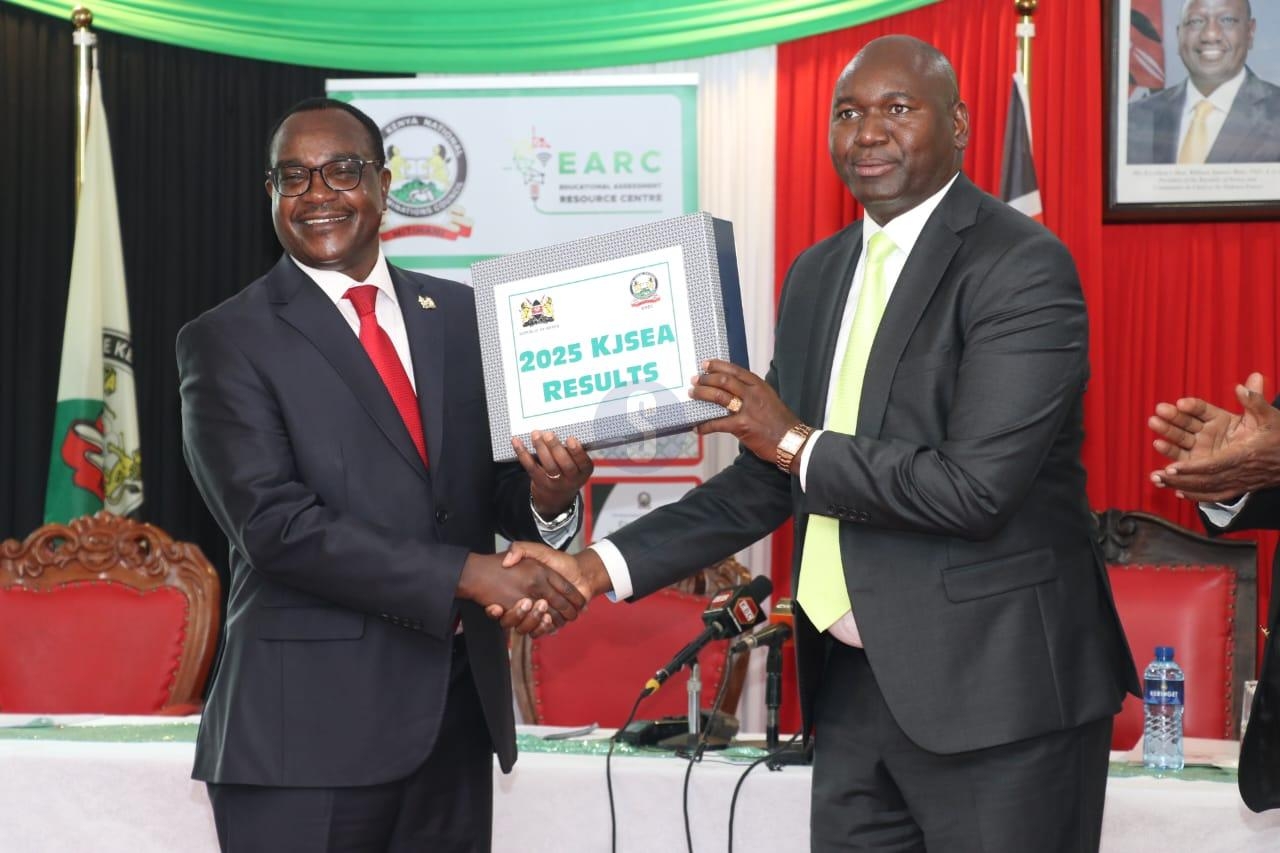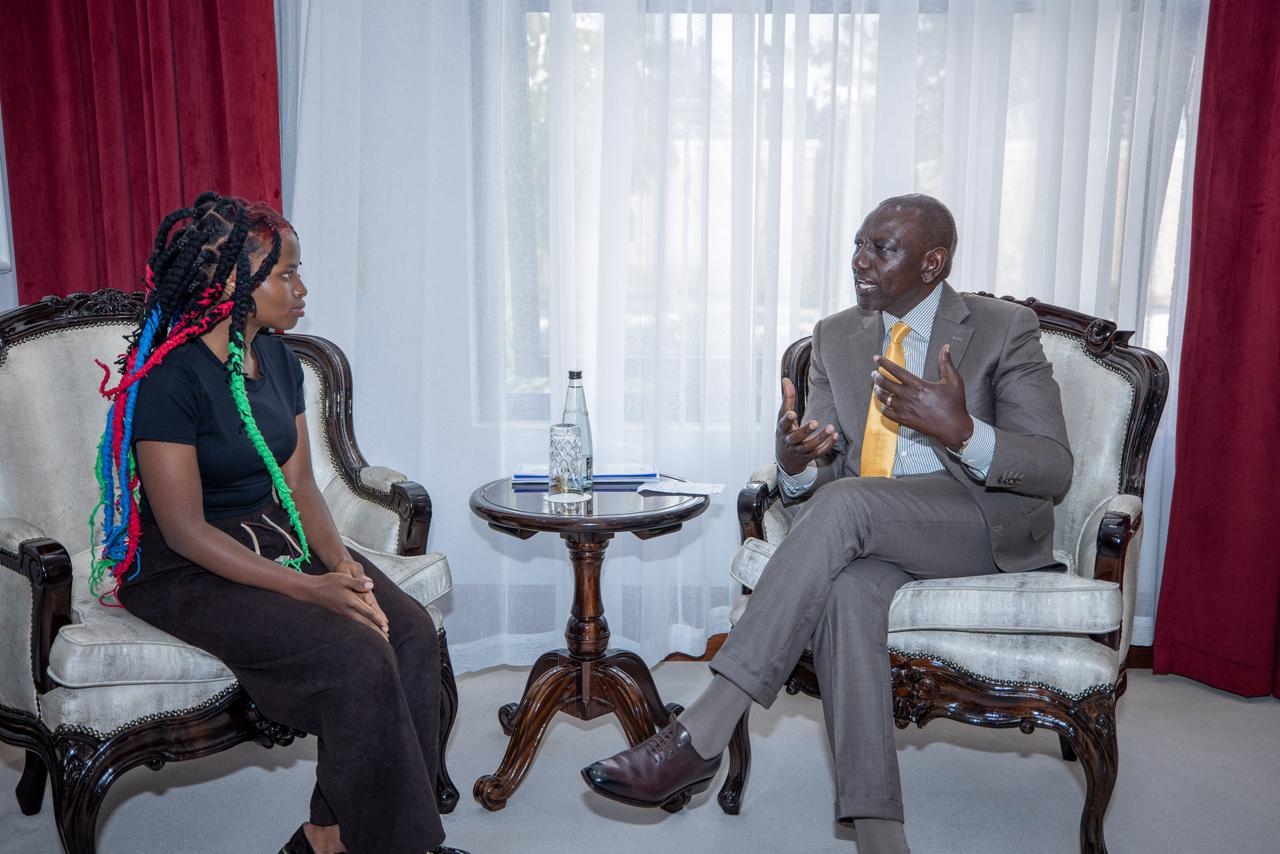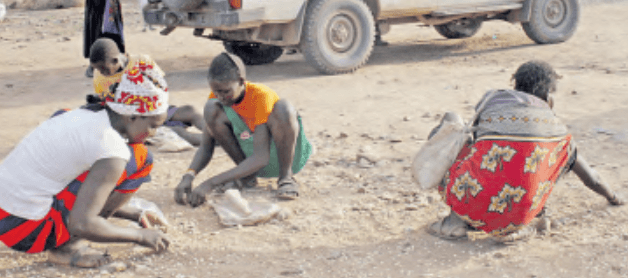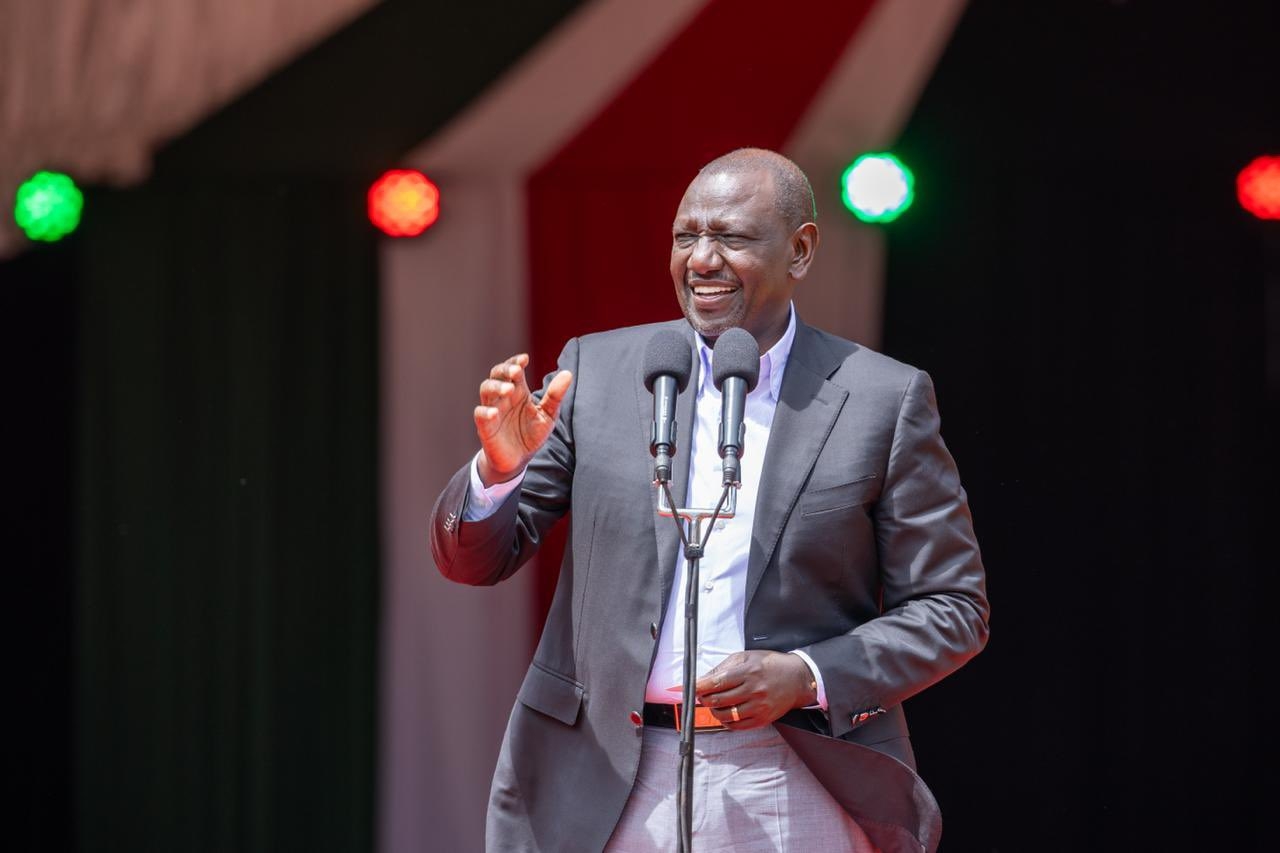The Kenya Wildlife Service (KWS) is seeking additional resources to strengthen wildlife conservation and secure the future of Kenya’s biodiversity.
KWS revealed on Thursday that it faces a critical Sh12 billion annual funding gap.
This shortfall has strained its capacity to protect wildlife, restore degraded ecosystems, and tackle challenges such as human-wildlife conflict and poaching.
In the 2024/2025 financial year, KWS generated Sh7.92 billion against a requirement of Sh19.79 billion.
Officials said the deficit has been driven by stagnated income, inflationary pressures, and rising operational demands.
To address the gap, KWS has gazetted the draft Wildlife Conservation and Management (Access and Conservation Fees) Regulations, 2025.
The proposed changes will see a revised fee structure for access to national parks, reserves, sanctuaries, and marine protected areas.
If approved, this will mark the first comprehensive review of conservation fees in 18 years.
“For over a decade, our conservation fee structure has remained static, despite rising costs, evolving visitor expectations, and increasing threats to wildlife,” said KWS Director General, Prof. Erustus Kanga.
He added that more than 90 percent of KWS’s internal revenue comes from tourism-related activities.
“Yet we face a widening fiscal deficit that undermines not only conservation, but also the livelihoods of over one million Kenyans whose jobs depend on a thriving wildlife economy, ranging from community scouts and rangers to tour operators, hoteliers, and artisans,” he said.
An impact assessment informed the proposed pricing model. Under the new framework, park revenues are projected to grow from Sh7.92 billion in 2024 to Sh16.58 billion by 2028.
Officials say this projection is based on realistic trends in visitation and spending behavior.
Importantly, KWS insists the revised fees will maintain Kenya’s status as an accessible, competitive, and world-class conservation destination.
The initiative is part of KWS’s broader revenue enhancement strategy, aligned with its 2024–2028 Strategic Plan.
The plan targets key areas such as habitat restoration, anti-poaching operations, modernizing park infrastructure, and expanding conservation education.
“This review is not just about revenue, it is about the survival of our wildlife and the resilience of our conservation systems,” Kanga emphasized.
“It’s a bold and necessary step to protect our biodiversity, support communities who coexist with wildlife, and secure the future of Kenya’s natural heritage for generations to come.”
The proposed changes are being developed through a transparent, inclusive process. This includes stakeholder consultations and public participation forums across the country.
Wildlife tourism contributes about 10 percent to Kenya’s GDP and generates over USD 1 billion in direct annual revenue.
By reinvesting in conservation through this initiative, KWS aims to unlock greater socio-economic and ecological benefits.
“This is a lifeline for wildlife,” said Prof. Kanga. “The time to act is now.”












